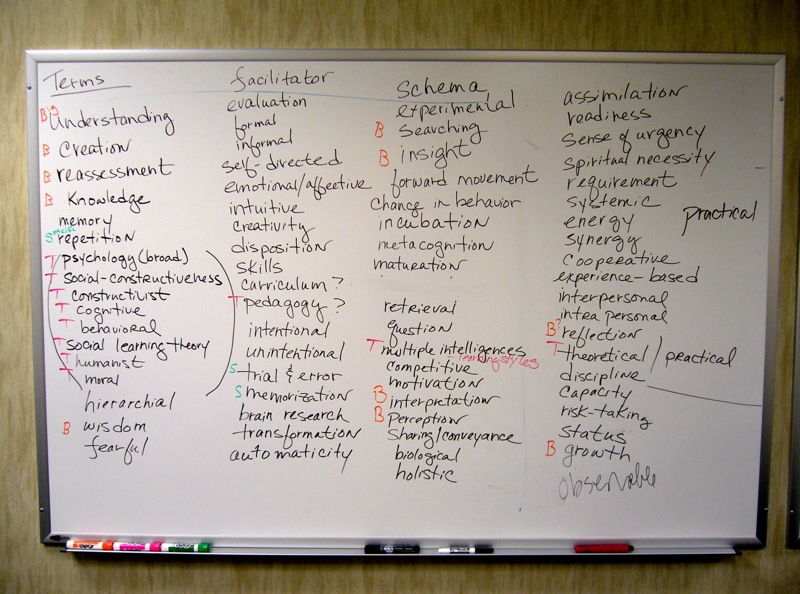One of the last pieces that I read, when shutting down for the summer, was a column by Tom Friedman that captured many of the the central themes for our class this fall. (If you want to follow more about the design of the class, you can use the tag EPPL639 on my site. https://generoche.net/category/eppl639/) The core theme of Friedman’s piece is key to the class: an increase in the power of computer technology generated by robotics, artificial intelligence, deep learning and “the Internet of Things,” has created a world where every job worth having demands more skill AND a stronger commitment to self-directed, lifelong learning.
Friedman quotes the C.E.O of Intel about the belief that his grandchildren won’t drive their own cars. History has shown, the danger of putting too much faith in the predictions of the managers of technology companies. Still, it seems increasingly likely that we’ll see fleets of autonomous vehicles in the next couple of decades. Those vehicles may create good jobs for engineers, but doing so will have a massive impact for those who drive for a living, sell liability insurance or own parking lots.
The main catalysts for the move to autonomous vehicles are the exponential increase in power and the decreasing cost of computer power. The next generation of computer chips will allow car manufacturers to shrink the brain of a self-driving car from, “something that fills the whole trunk, to a small box under the front seat”. The result, as Friedman notes, is “a world where we can analyze, prophesize and optimize with a precision unknown in human history”
This ability will transform far more jobs than most of us realize. (We need to constantly remind ourselves that if combined computer capability really does double every year, we’re looking at increases of more than 100 times over the next eight years.) For example, when many of us think of the oil industry, we think of roughnecks, roustabouts and riggers on drilling platforms in the Gulf. That’s only part of the story. As Friedman reminds us in his description of the the control room of Devon Energy in Oklahoma City, a “half a floor of computer screens are displaying the data coming out of every well Devon is drilling around the world…if you’re working on a Devon oil rig today, you’re holding a computer, not just an oily wrench.”
The underlying reality for oil workers is that they will need be be able to use a computer AND a wrench, plus manage their learning in order to keep up with the changes in the world of computing technology. The wrench may not change much, but it’s pretty certain the computer will be telling workers what to adjust and when t should be done.
Friedman also describes one study that showed how reshaping some of our most traditional institutions (like the College Board) can foster self-directed, lifelong learning to the tune of 115 points on the PSAT:
We analyzed 250,000 students from the high school graduating class of 2017 who took the new PSAT and then the new SAT,” College Board president David Coleman told me. “Students who took advantage of their PSAT results to launch their own free personalized improvement practice through Khan Academy advanced dramatically: 20 hours of practice was associated with an average 115-point increase from the PSAT to the SAT — double the average gain among students who did not…
Practice advances all students without respect to high school G.P.A., gender, race and ethnicity or parental education. And it’s free. Our aim is to transform the SAT into an invitation for students to own their future.
As we move forward with our EPPL 639 course this fall, we’ll look at how the lessons of industries, as diverse as oil drilling and long-haul trucking, can shape our personal and professional approaches to learning. For me, Friedman gets it right when he notes that, “And that means: More is now on you. And that means self-motivation to learn and keep learning becomes the most important life skill.”
